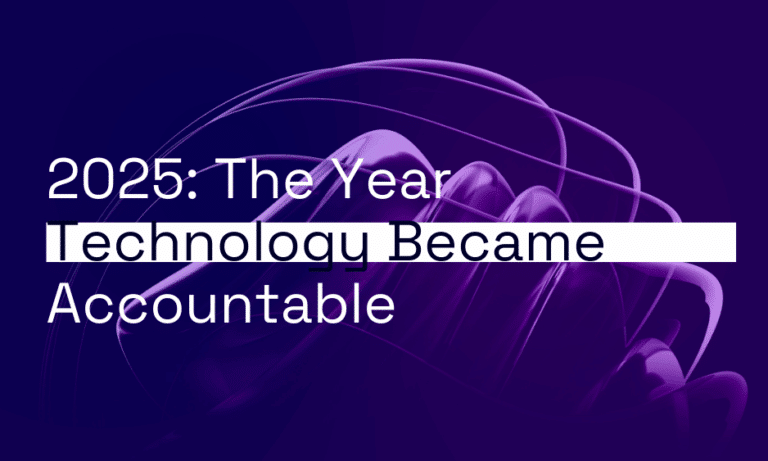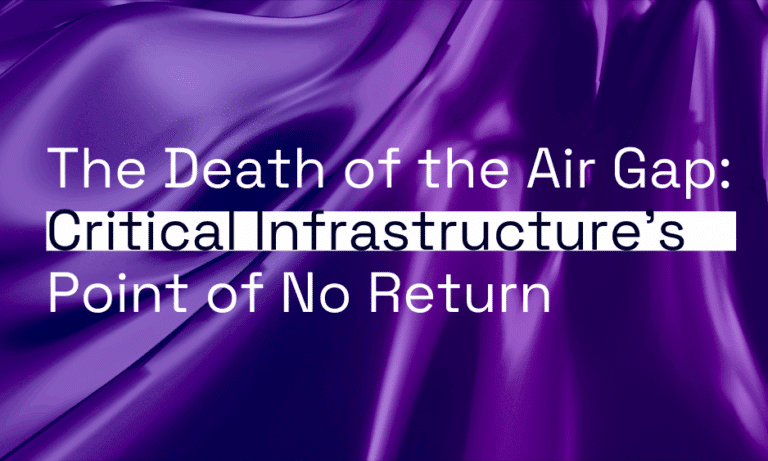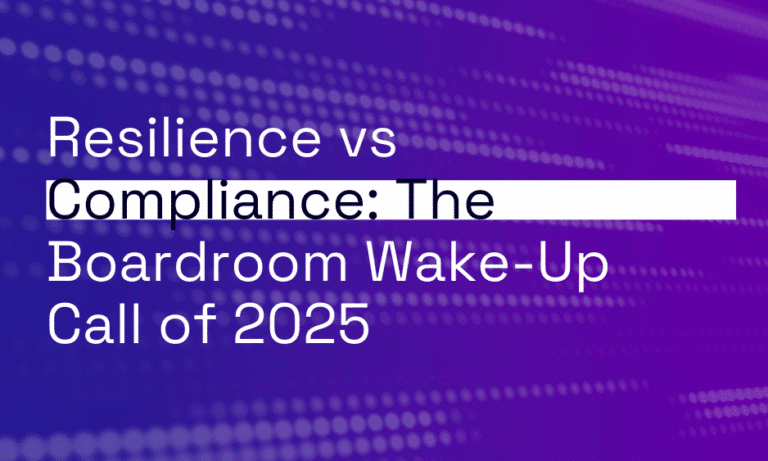In today’s complex cyber security landscape, managing multiple vendors has become an increasingly daunting task for many organisations. Cyber threats are constantly evolving, and so are the tools and solutions designed to counter them. However, the proliferation of security vendors can lead to operational inefficiencies, increased costs, and a patchwork of solutions that are difficult to manage cohesively. This article explores the compelling case for consolidating security vendors, leveraging comprehensive services offered by Managed Security Service Providers (MSSPs), and what businesses should look for in a best-in-class provider.
The Problem with Multiple Vendors
Organisations often rely on multiple vendors to address various aspects of their security posture, from firewalls and endpoint protection to threat intelligence and response. While this approach may seem beneficial, it often leads to significant challenges:
- Integration Complexities: When security tools from different vendors do not seamlessly integrate, it can result in disjointed security operations. Managing disparate systems can be a resource-intensive process that creates gaps in protection, increases the potential for human error, and complicates incident response. Gartner highlights that fragmented security architectures can lead to opaque and siloed operations, making them both porous and inefficient.
- Increased Management Overhead: Managing a multitude of vendor relationships, contracts, and Service Level Agreements (SLAs) requires substantial administrative effort. This overhead not only diverts focus from core security activities but also increases the risk of misaligned strategies across the security ecosystem.
- Accumulating Tech Debt: The complexity of managing multiple vendors often results in delayed updates, inconsistent standards, and redundant functionalities. Over time, these factors contribute to technology debt, where outdated systems and patchwork integrations hinder the organisation’s ability to stay current with emerging threats and technologies.
Benefits of Vendor Consolidation
Consolidating security vendors can address these challenges, offering several key benefits:
- Simplified Operations: Consolidation reduces complexity by streamlining security management, allowing organisations to focus on protecting their assets rather than managing multiple vendors. A unified approach simplifies monitoring, incident response, and policy enforcement, making the overall security posture more robust.
- Enhanced Security Posture: Integrated security solutions provide comprehensive visibility and control across the entire IT environment. By consolidating vendors, organisations can achieve better alignment and coordination of their security strategies, which significantly reduces gaps and enhances the overall effectiveness of their defences. According to Gartner, 75% of organisations are pursuing vendor consolidation to improve their security posture and capabilities, a sharp increase from just 29% in 2020.
- Cost Efficiency: Vendor consolidation can lead to significant cost savings by eliminating redundant tools and leveraging economies of scale. Organisations can negotiate better pricing and reduce the overhead associated with managing multiple contracts and licences, freeing up resources for other critical security investments.
- Improved Compliance and Risk Management: A consolidated approach makes it easier to maintain compliance with regulatory requirements, as it simplifies the tracking and reporting of security controls across the organisation. Reducing the number of vendors also minimises the risk of supply chain vulnerabilities and helps ensure a more consistent application of security policies.
What to Look for in a Best-in-Class Cyber Security Provider
When considering vendor consolidation, it’s essential to select a provider that offers comprehensive, integrated security solutions that align with your organisation’s needs. Here’s what to look for:
- Comprehensive Services: A top-tier provider should offer a full suite of managed and professional services, such as Security Operations Centre (SOC)/Security Information and Event Management (SIEM), threat detection and response, vulnerability management, penetration testing, and cyber advisory services. This ensures that all aspects of your security posture are covered under a unified strategy.
- Seamless Integration and Interoperability: Look for providers whose solutions are designed to work together seamlessly, without the need for extensive customisation. Integration should be a core principle, allowing for cohesive operations that enhance visibility and control across your security environment.
- Scalability and Adaptability: Choose a provider that can scale services according to your organisation’s growth and adapt to evolving security threats. The ability to adjust and expand services as needed ensures that your security strategy remains aligned with your business objectives.
- Proven Expertise and Support: A best-in-class provider should have a proven track record of success, strong industry credentials, and robust customer support. They should act as a strategic partner, offering insights and guidance to help you navigate the complexities of the cyber security landscape.
How to Approach Vendor Consolidation for Best Results
Approaching vendor consolidation requires careful planning and execution to ensure a smooth transition and optimal outcomes:
- Assessment and Planning: Begin with a thorough assessment of your current security landscape, identifying redundancies and inefficiencies. Evaluate the total cost of ownership and the operational impact of each vendor and use this information to develop a consolidation plan that addresses your specific needs.
- Implementation Best Practices: Implementing a consolidated security model should be done in phases, allowing for a controlled transition that minimises disruption. Engage stakeholders early in the process, ensure clear communication, and provide training to help teams adapt to the new solutions.
- Continuous Improvement: Vendor consolidation is not a one-time event but an ongoing process. Regularly review and adjust your security strategy to keep pace with evolving threats and business changes. A commitment to continuous improvement will help maintain a strong security posture over time.
Conclusion
Consolidating your security vendors can significantly simplify operations, enhance your security posture, and reduce costs. By partnering with a best-in-class provider that offers comprehensive, integrated solutions, organisations can achieve a streamlined and effective approach to cyber security.
If you’re considering vendor consolidation and need guidance on how to get started, the team at Orro is here to help. Reach out to us for a consultation or to learn more about our managed and professional cyber security services designed to meet your unique needs. Let’s secure your business together.









